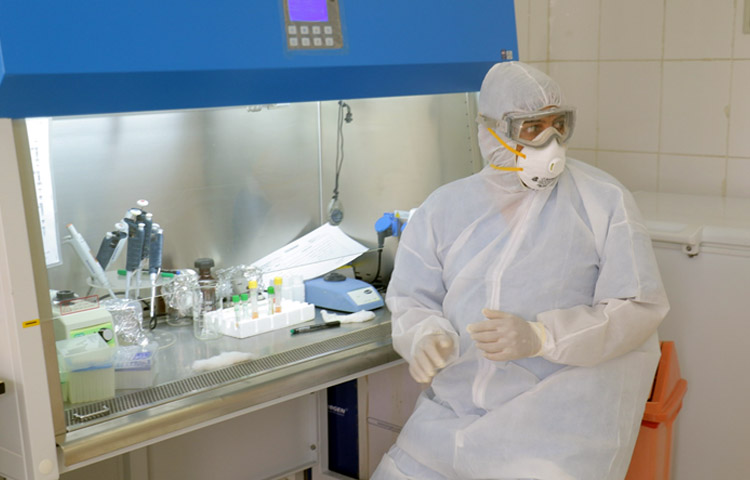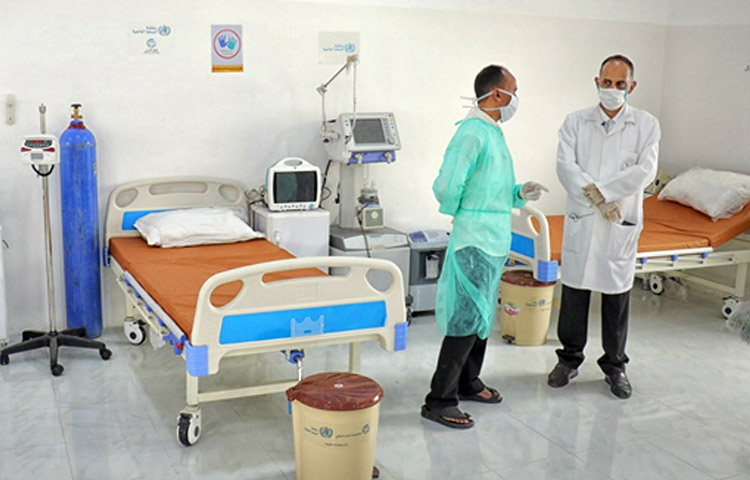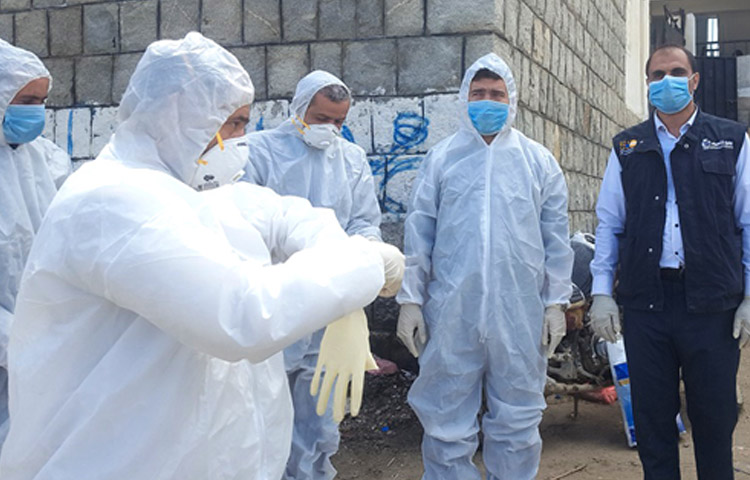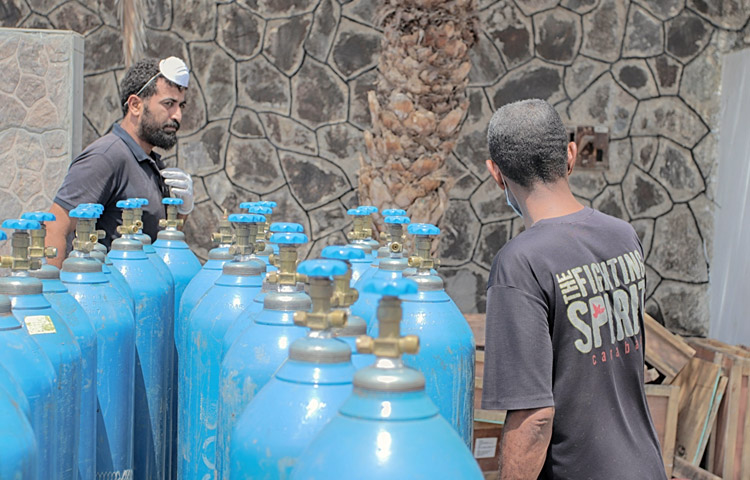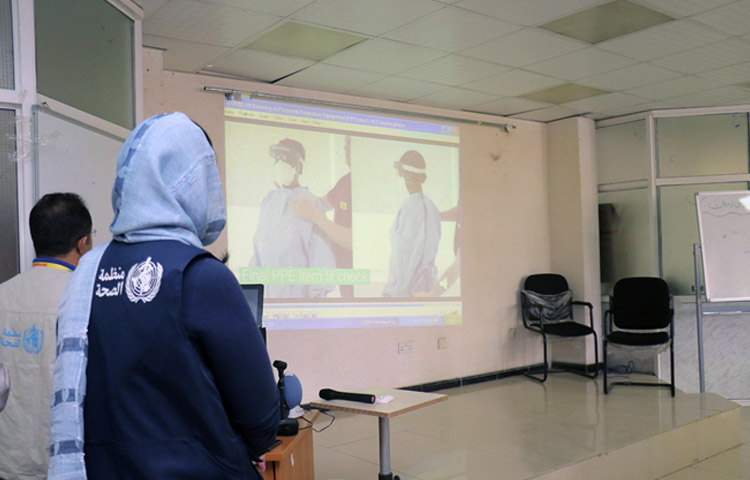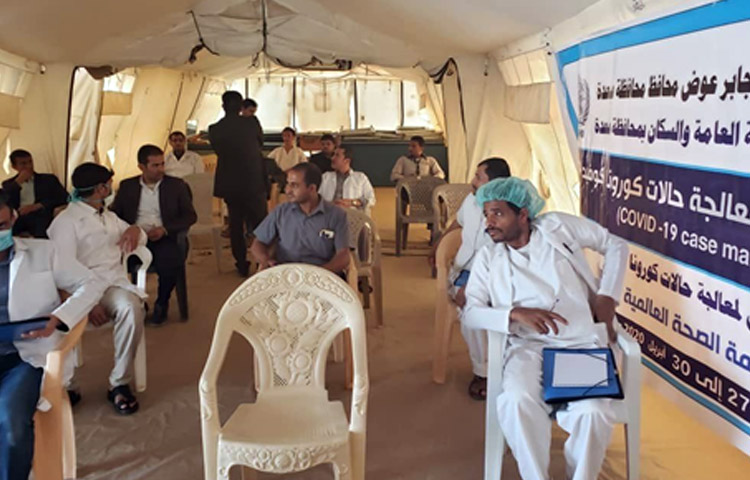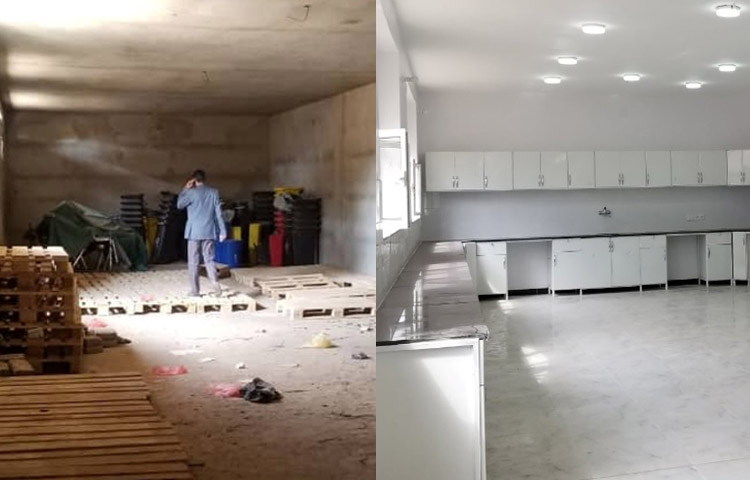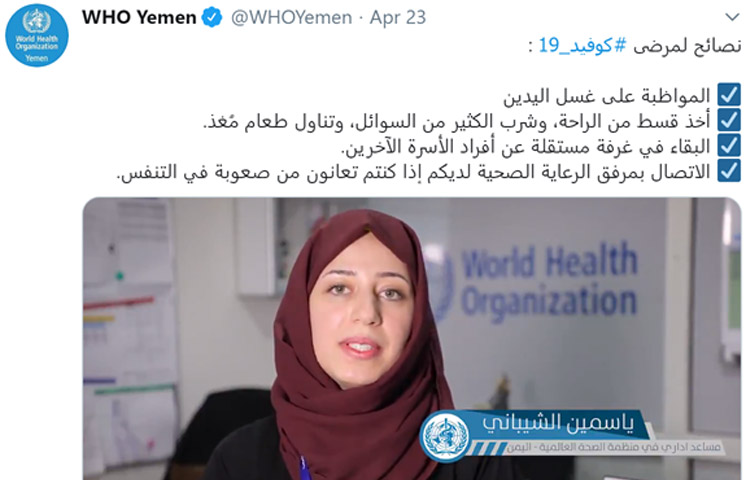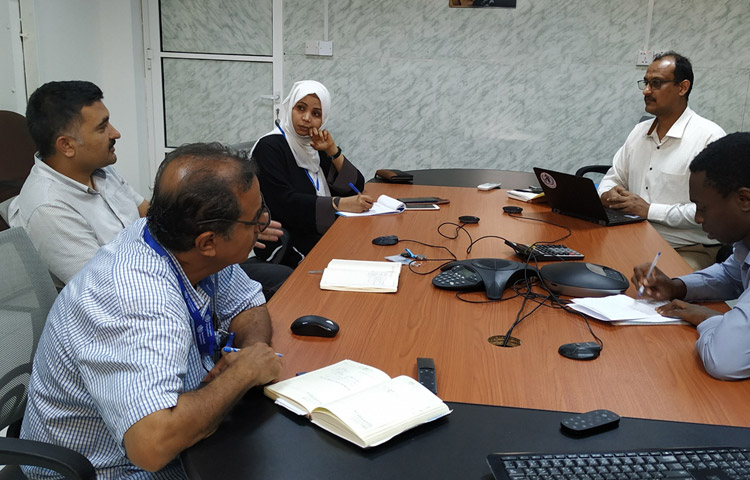Yemen remains the world’s worst humanitarian disaster, and WHO’s most complex operation. More than 5 years of war have devastated Yemen’s health infrastructure. In 2020, more people in the country are dying from lack of access to treatment than they are from the bullets and bombs. Today, millions of Yemenis are yet again faced with the fight of their lives. Unlike a gunshot wound or injury from shrapnel, COVID-19 is silently and rapidly spreading in Yemen.
Over the next 6 months, WHO and partners need US$ 203 million to reach more than 7 million people as part of the COVID-19 response plan in Yemen. Without additional funds, there is a real threat of a public health catastrophe as already vulnerable Yemenis face yet another battle for survival.
Below are some highlights of WHO’s work to fight COVID-19 in Yemen.


